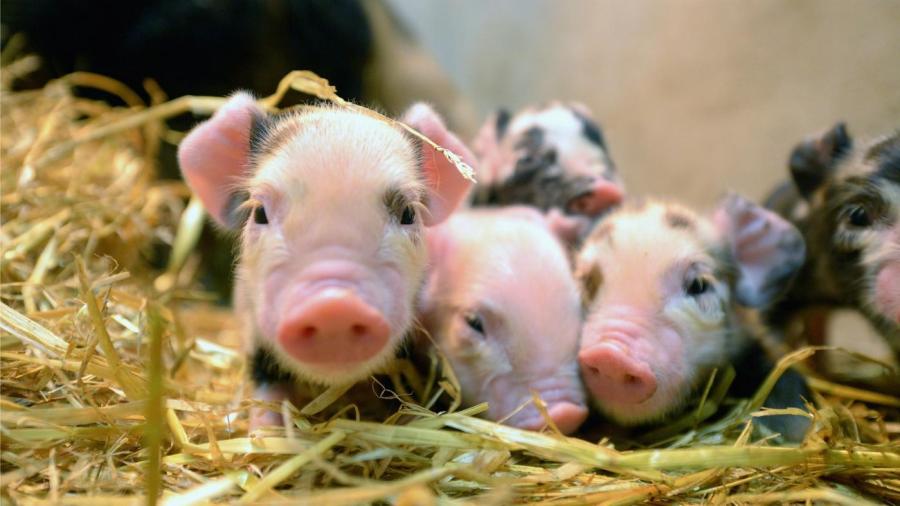What Are the Similarities Between a Fetal Pig’s Anatomy and a Human’s Anatomy?

According to Goshen College’s Fetal Pig Dissection Guide, a fetal pig’s anatomy is similar to the anatomy of a human because both animals are mammals, and both contain the same vital organs. Pigs have the same muscles as humans in almost every case; however, since pigs are quadrupedal and humans are bipedal, there are small variations between size and location of some muscles.
The abdominal muscles found in a fetal pig are basically the same as those found in a human, explains Goshen College’s Fetal Pig Dissection Guide. These similar abdominal muscles include the stomach, spleen, bile duct system, small intestines, kidneys and bladder. There are several thoracic organs similar between both pigs and humans, including the pericardium, vena cava, esophagus and phrenic nerve. The genitourinary structures found in both pigs and humans are the urethra, ovaries, uterine tubes, labia, mesenteries, testes, epididymis, vas deferens, inguinal canal and prostate gland. These genitourinary structures are all basically the same between the two mammals. In addition, both pigs and humans both have multi-lobed lungs as well as intestines; however, there is a significant difference between the structure of a pig’s intestines compared to those found in a human. A pig’s intestines are spiral.





